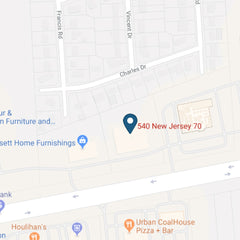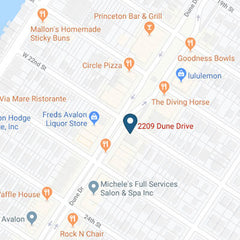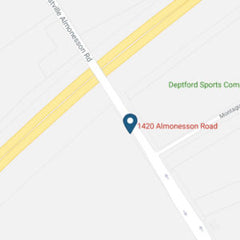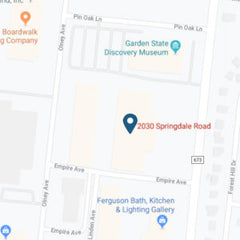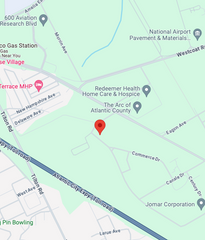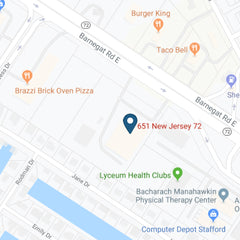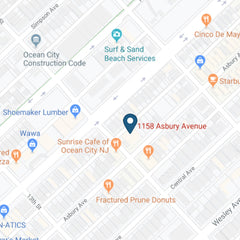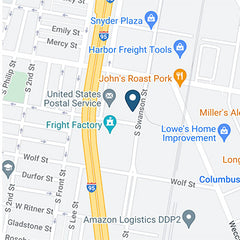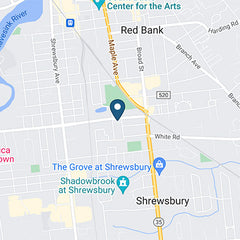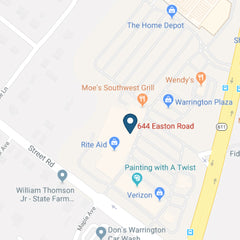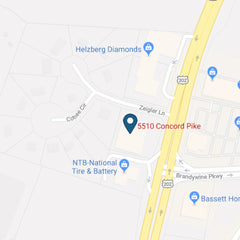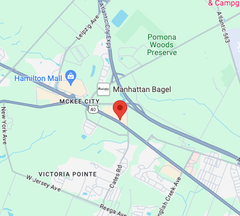Kitchen backsplash designs have definitely evolved over the years but their function remains the same – to protect your wall and make it easier to clean up splatters from the stove. Those stove splatters can build up overtime and make your once desired focal point a conversation starter, and not in the good way! It is important to note that different kinds of backsplashes require different cleaning techniques (based on the material; i.e. ceramic, glass, stone). Today, we're offering tips on how to clean tile backsplash in your kitchen.
Note that it is always advised that you check with the manufacturer for the right cleaners to use to avoid damaging your backsplash material.
How to Clean Your Kitchen Backsplash
Remember that cleaning the backsplash regularly is required to keep your tiles looking sharp. Here are a few key points to consider when cleaning your tile backsplash:
You should always blot away grease or food splatters as soon as it happens (when possible); the longer those splatters and stains sit, the harder they will be to remove later. Blot the grease spots first with a dry cloth to soak up as much of the grease as possible before adding any water.
Regularly cleaning your backsplash tile is simple; it can be done with some warm water to help soften the grime followed by a quick wipe down of the area with a sponge soaked in soapy warm water. Keeping up this cleaning routine will help extend the life and look of your tile kitchen backsplash.
How to Deep-Clean Kitchen Backsplash Tiles
Even with regular maintenance, sometimes your backsplash tiles will need a deep cleaning - particularly if you cook every day! In these cases, you may need to enlist the help of a chemical solution to clean the area and you should be certain to make sure as per the manufacturer, that the solution is safe for the tile and grout and for your family.
When you have selected your cleaning solution, you should typically apply the cleaner to the tile backsplash and let it sit for anywhere between 5 and 15 minutes, depending on the amount of grease on the surface. Once the solution has settled, you will want to use a clean soft-bristle brush or sponge to clean the area you applied the solution.
When you are finished cleaning (day to day or even deep cleaning), it is recommended that you dry the area immediately. This process helps to avoid any unsightly water streaks or potential mildew growth.


